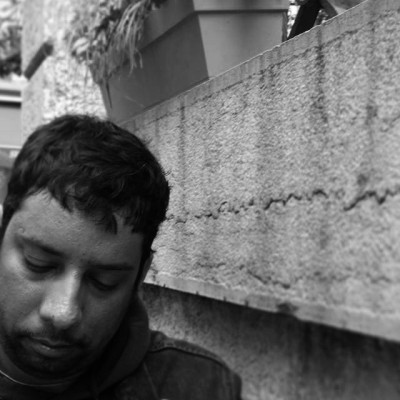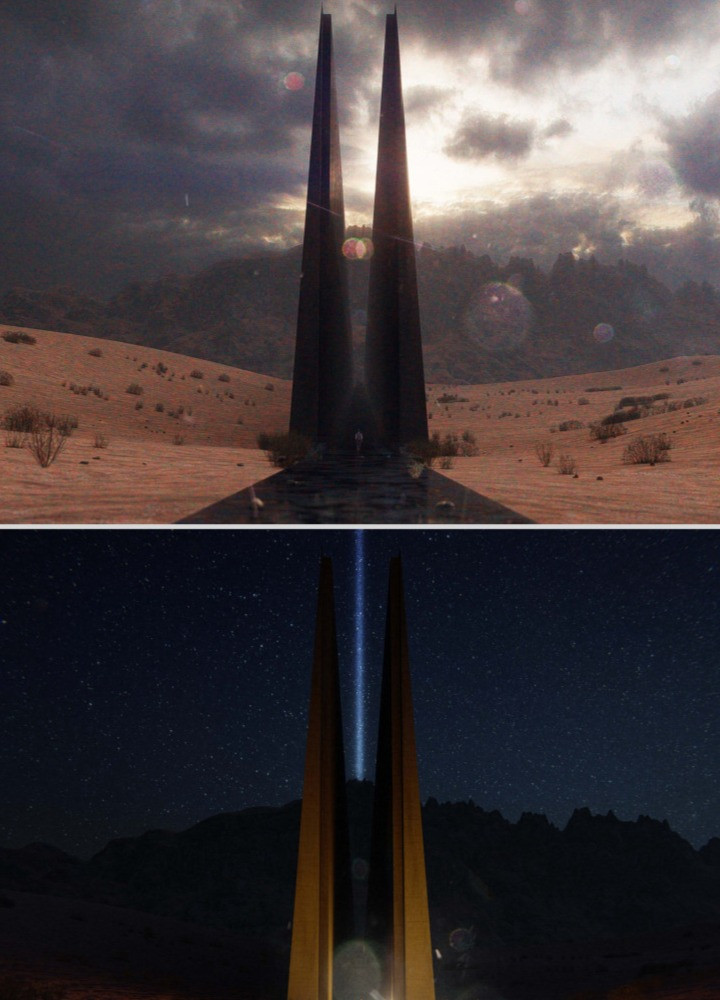5 key facts about this project
The design emphasizes a balance between aesthetic appeal and practical usability. The form of the structure is characterized by [describe key design features such as "clean lines," "organic shapes," or "geometric forms"], which not only serve visual purposes but also enhance the functionality of the spaces within. Key areas of the project include [mention important parts like "entrances," "common areas," "private spaces," or "outdoor terraces"], which facilitate flow and interaction among users. Attention to detail can be observed in elements such as the [discuss specific design features like "window placement," "material selection," or "interior layouts"], which together create an inviting atmosphere while ensuring the structure performs efficiently.
Material choice plays a central role in the overall success of the architectural design. A thoughtfully curated palette of materials can be noted, which likely includes concrete, glass, steel, wood, and stone. Each of these materials not only fulfills functional demands but also contributes to the aesthetic quality of the project. The use of glass fosters transparency and connection to the exterior, blurring the lines between indoor and outdoor environments. Meanwhile, the incorporation of natural materials like wood and stone brings warmth and a sense of groundedness to the overall design.
Unique design approaches are evident throughout the project. For instance, the orientation of the building has been meticulously planned to maximize natural light, reduce energy consumption, and enhance the overall comfort of its occupants. Moreover, incorporating biophilic elements, such as green roofs or living walls, fosters a direct relationship with nature, promoting well-being and ecological balance. The integration of technology within the design is also significant, utilizing smart systems for energy efficiency and user convenience while maintaining a simple and elegant expression of the architecture.
The project stands out not only for its visual language but also for the philosophy it embodies. Emphasizing community involvement, the design actively encourages social interaction and cooperation. Spaces designed for gathering and connection are thoughtfully positioned to cultivate a sense of belonging among users. This approach fosters a vibrant community atmosphere that extends beyond the physical structure and encourages a deeper connection between people and place.
In exploring this project further, readers are encouraged to review the architectural plans, architectural sections, and architectural designs associated with it. By delving into these elements, one can gain a deeper understanding of the architectural ideas that inform its conception and execution. Engaging with the details of the project will provide a comprehensive insight into not only how it functions but also the intentions behind its design choices and their impact on the community. This exploration can illuminate how architecture serves as a medium for shaping experiences and enhancing the quality of life within a given context.


 Haris Alam Khan
Haris Alam Khan 




















